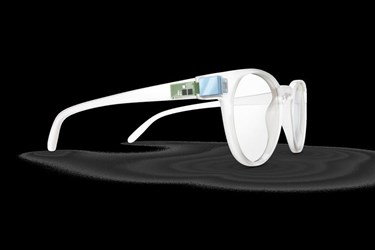TriLite raises €8m to enable augmented vision for consumer eyewear

TriLite, a developer of projection displays, has announced that it has raised €8m in a new round of funding.
TriLite’s ultra-compact projection displays have been developed for consumer augmented reality (AR) and mixed reality (MR) applications, enabling AR/MR glasses and overcoming the issues of bulkiness and weight that have to-date prevented their mass market adoption.
Worldwide shipments of head-mounted displays (HMDs) are forecast to grow at an annual rate of 60% CAGR between 2020 and 2027 and TriLite’s laser beam scanner (LBS) technology is seen as being an essential enabler of this growth.
One of the participants in the funding round, deep-tech pioneer, Hermann Hauser, Founder of Hermann Hauser Investment, said, “TriLite’s tiny displays are set to be a game-changer for AR/MR glasses since they’ll be as lightweight as today’s eyewear, and this is sure to finally drive mass adoption of AR/MR in the consumer market.”
Peter Weigand, CEO at TriLite, said, “This new round of funding will enable us to invest in innovation and increase our competitive advantage, whilst further strengthening our patent portfolio and building our manufacturing services platform.”
Building upon pioneering research over the last ten years, TriLite’s Trixel 3 is said to be the world’s smallest and lightest projection display, with a total volume of just 0.92cm3. It incorporates a micro-optical RGB laser light source and a micro-electro-mechanical system (MEMS) mirror, enabling it to generate bright, high-quality images while setting benchmarks for lowest power consumption.
In addition to its hardware, TriLite has also invested heavily in innovative software, making it simpler for developers to adopt its solutions. The software includes proprietary calibration algorithms that enable the size and complexity of the optical system to be minimised.